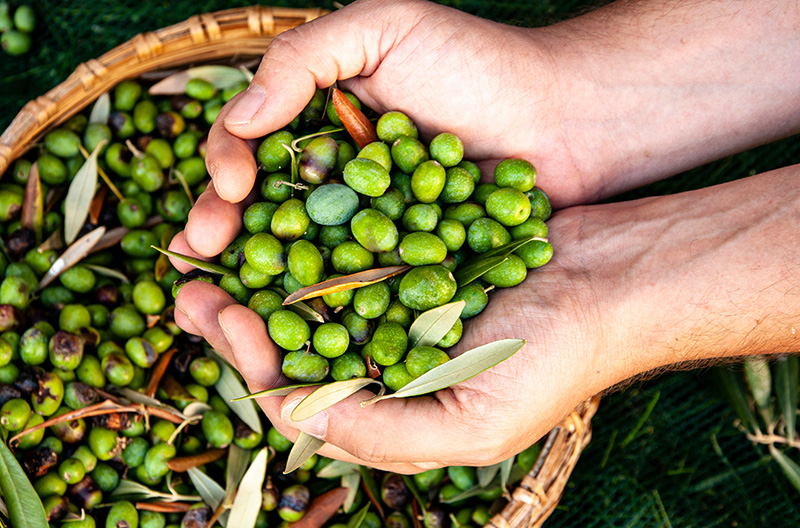Sponsored content

As one of the top cooking oils in the world, olive oil is never in low demand. In recent years, weather, labor and other factors have combined to drive olive oil prices to record highs, and U.S. consumers have felt the squeeze. This has led to the rising popularity of alternatives like avocado oil. However, with factors shifting, olive oil prices are now poised to stabilize. Let’s take a closer look at what those factors are and how they may impact your purchasing moving into 2025.
Climate trends in Spain
Since 2021, Spain —the world’s largest olive oil producer — has been experiencing significantly decreased rainfall – in some regions, about half of the rain they would receive in a typical year. This drought also came with extreme summer heatwaves, which cut Spanish olive oil supply by half in 2022. 2024 has still seen less rainfall than typical, but more than the previous years, and the olive crop has benefited from that relief. Rainfall increased at the beginning of the growing season and stayed up throughout, replenishing Spanish reservoirs to a degree.
The increased rainfall in 2024’s Spanish growing season has contributed to larger sets, the term for the size of olives. Larger sets have enabled an earlier harvest in September instead of October, as in years past. While harvest is still underway, this year’s Spanish olive harvest is expected to be closer to the typical yield of 1.3 million tons.
Italy’s olive shortage
While Spain is beginning to recover from drought, Italy is now facing similar challenges. Southern regions in Italy have encountered high levels of heat and drought this year, leading to decreased olive production in key growing areas. Total production for the 2024 harvest is projected to drop by one third compared to previous years. Puglia, Italy’s top olive oil-producing region, has been hit especially hard. Given that Italy is a leading exporter of olive oil, and the third-largest consumer globally, these production challenges will have significant international repercussions.
[RELATED: Catania Oils’ Coleman Named Treasurer Of North American Olive Oil Association]
Other key players
After a dramatically lower harvest in 2023, Turkey is expecting a record-high crop in 2024. Turkish officials have been using bulk olive oil export bans to stabilize domestic prices, but with mixed results. This year we saw a temporary easing of that ban, and producers continue to push for further access to international markets.
Tunisia is also gaining attention, both in terms of quantity and quality. Their 2023 harvest broke export records, and Tunisian producers earned a total of 26 awards at this spring’s NYIOOC World Olive Oil Competition despite drought conditions last year. With improved rainfall in 2024, Tunisia is expecting another strong harvest and has already shown promising results.
Labor conflict averted – for now
October’s brief but impactful strike by the International Longshoremen’s Association has been resolved, but the contract extension with the U.S. Maritime Alliance only lasts through January 15, 2025. Although increased wages were successfully negotiated, job security in the face of increasing automation remains a point of contention. Given that most U.S. olive oil imports come through East coast ports, this situation has the potential to impact the import of new crop olive oil as the 2024 harvest is processed and shipped. This situation is worth monitoring.
What It All Means
With global olive oil supply beginning to normalize with the 2024 harvest, prices are expected to decrease. However, the looming potential of a new port strike poses a risk. Olive oil buyers should remain vigilant regarding import developments but can be cautiously optimistic about overall olive oil price trends. Keeping an eye on supply chain lead times and considering strategic stock management will help minimize risks. Now is an opportune time to connect with your olive oil supplier as bidding for the 2024 harvest begins. A reliable supplier can keep you informed about market conditions to help you make strategic purchasing decisions.

